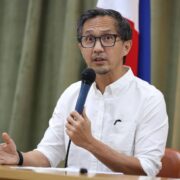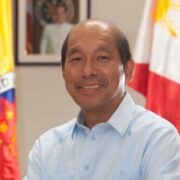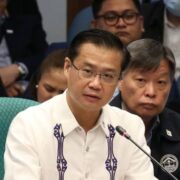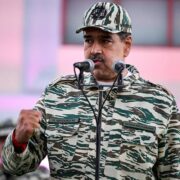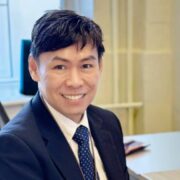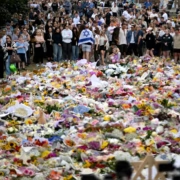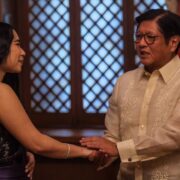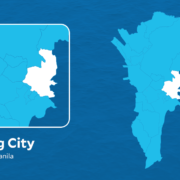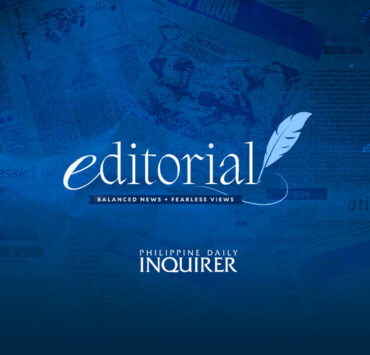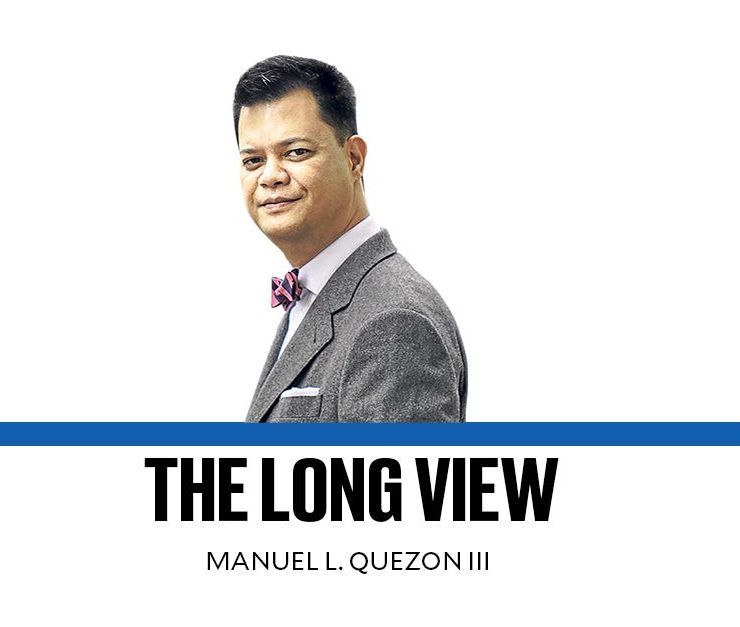The populist pope
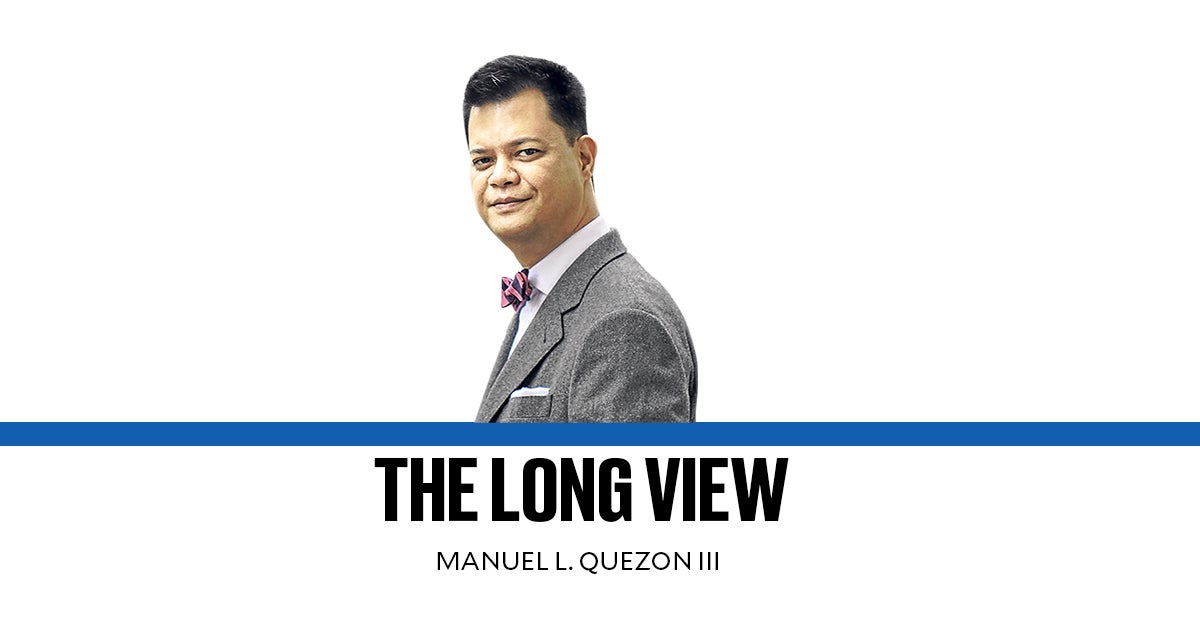
The Vatican watcher Andrea Gagliarducci, who writes the must-read blog MondayVatican.com, said that the reckoning that remains is whether “Pope Francis’ revolution has given direction to the Church or whether it was just a 12-year tempest in a teacup. In short, to determine whether the mentality changed with Pope Francis or whether the Pope was the only revolutionary.” For him, the question, “Was the pontificate of Pope Francis, a pontificate for the people?” is the wrong question: “Instead, it was a pontificate for the pueblo, an almost mystical category typical of Latin American populism. The Pope was thinking of the pueblo when he joined the cry for land, shelter, and work with popular movements; when he emphasized the presence of a God who welcomes todos, todos, todos; when he complained about the elites, and highlighted that from the periphery one could see the center better.”
But Francis, he argues, actually “behaved like Juan Domingo Peron, who, by taking off his shirt along with the descamisados, showed that he was one of them and at the same time showed that he was not, because he ‘descended’ to their level. Pope Francis did not go to the periphery. He created a new center.”
And so, the reckoning requires confronting what he identifies as “five paradoxes” when it comes to the pontificate of Francis. First, “His fight against the papal court, against what he considered the Vatican’s deep state, led him to create a different system, parallel and equally deep, with the difference that the system around Pope Francis, freed from the rules of formality and institutionality, was less transparent than the previous one.” Second, “Pope Francis wants to change the mentality starting from the peripheries, but in doing so, he not only creates a new center. Instead, he adopts the point of view of the elites he fights.”
Third, he made “universal the themes of the (very) particular Church of Latin America.” Fourth, He was a “Pope who wants to walk as a ‘bishop with the people,’ but in the end, he [made] all the decisions alone.” And finally, the fifth: “Never has a Pope spoken so much about himself, even in four autobiographical books in the last two years and dozens of interviews, given with ever more extraordinary generosity and always looking outside the Catholic fold. And yet, we know very little or nothing about this Pope.”
Populism is the defining political characteristic of our age, and some argue it began at the turn of the 21st century with the Left: the populism of Hugó Chavez; that of the Right, with Victor Oban and Donald Trump; perhaps that of the Center, with Pope Francis.
You often see references to the sociologist Max Weber in Randy David’s columns and here it’s useful to borrow his idea that there are three kinds of authority: traditional, which relies on the unchanging nature of sacred custom; legal, based on contractual ties; and charismatic, which relies on the unique characteristics of a particular ruler. Reading Gagliarducci, one quickly sees that Francis was a charismatic leader in an ancient monarchy.
One can be a ruler of this type even in an office with a long history: though they “have to exert personal authority since they have no preexisting majesty or office or sanction of law to draw upon.” A biographer of Weber (Bendix) proposed three things: first, that charismatic leadership has an “emergency character” which makes it the product of “crisis and enthusiasm”; second, that such leaders are always radical: “he delegitimates the traditional and legal authorities”; third, charismatic leadership works through loose, informal structures and is utterly personal: “When authority flows from a person, that authority cannot be delegated. The magic touch must be bestowed by the ruler himself.” An outcome of this is the creation of a new elite: the “power of these aristocrats does not come from their office but from their proximity to the person of the ruler.”
As Garry Wills, that student of power, put it, “Charismatic authority is constructive only when it builds order from chaos. When it tries to supersede continuing forms of authority, it destabilizes despite itself.” When Donald Trump said he would attend Pope Francis’ funeral, the symbolism was impossible to ignore: the American has done to his country’s institutions what Francis did to that of the Church.
Weber himself argued charismatic power must inevitably give way (“either gracefully or by violence,” remarked Wills) to one of two alternatives: “to the everyday order of kingship (traditional rule) or contractual ‘modern’ government (legal rule).” This, in a nutshell, is the fork in the road the College of Cardinals will face during the coming conclave. Will we have a renaissance pope, one looking to restore the traditions and splendor of the papacy of the past, or will we have a continuation of a pastoral papacy, but one which will be methodical in administration and institutional in orientation?




